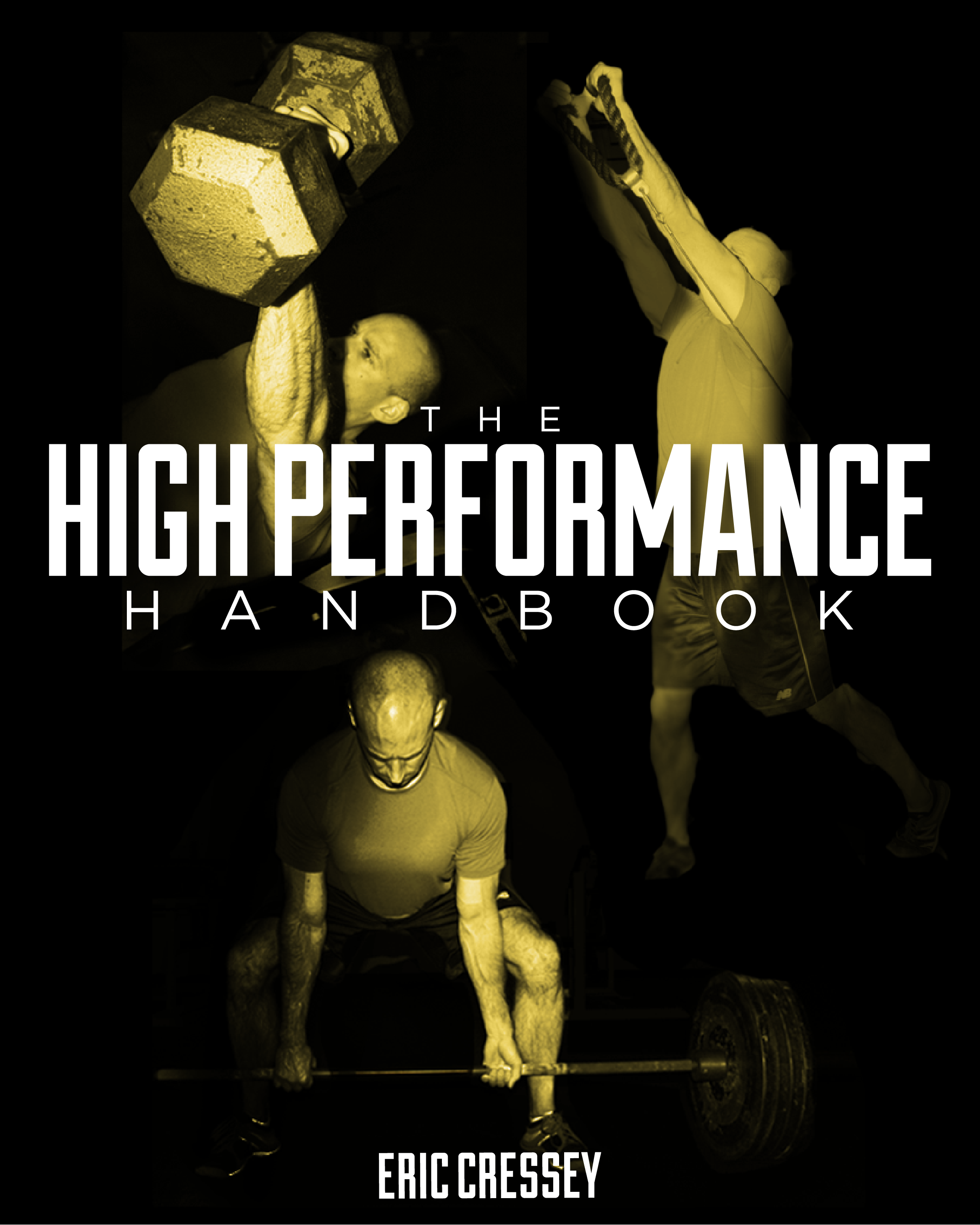
Repetition vs. Randomness: Which Will Get You Fit Faster?
In his book, Hooked: How to Build Habit-Forming Products, author Nir Eyal goes to great lengths to discuss the various factors that make consumers fall in love with certain offerings. One factor he highlights in great depth is novelty – or randomness..
As an example, Eyal talks about how we never get tired of our email because we know that each time we check it, there are going to be 100% unique messages waiting for us. Each new email experience may bring noteworthy news, new challenges, different emotions, or just a quick break from the “real” world in which we live. Checking our emails – even if we do so hundreds of times per day – always brings novelty. Facebook, Twitter, Instagram, and other social media websites and apps are all endlessly novel, too.
Conversely, think about the game Farmville (yes, that annoying Facebook game for which you always get invites). In spite of small variations to the user experience, the game is always the same – and that’s why people play it for hours on end – but ultimately give it up after a few weeks. The novelty wears off.
We can find similar parallels all across our daily lives. There’s a reason so many people tune in to watch a reality TV show about the Kardashians; they say dumb things, fight a lot, and spend money on extravagant crap…to create novelty. Sorry, but a reality TV show about an accountant who pretty much does the same thing every day really doesn’t drive ratings through the roof; it’s just not at all novel.
Maybe you have a favorite restaurant because they have different weekly specials, whereas other spots don’t rotate the menu. You probably have that one friend you adore because he/she always overreacts to things, gets easily flustered, or says the most random things – all of which provide endless entertainment value. Maybe you read this website because I make it seem random by talking about everything from training, to corrective exercise, to nutrition, to sports performance, to business, to my kids and dog.
This randomness also has a place in fitness. Novelty is one factor that makes Crossfit popular; each workout is different, and that randomness can improve exercise adherence. Randomness also accounts for some of the success folks have working out with friends and training partners; your social experience for each training session is different when you have familiar faces with whom you interact (as opposed to working out by yourself in silence).
It goes without saying, however, that your entire program can’t be random. Research has demonstrated time and time again that any periodization is better than no periodization at all with respect to improving a variety of fitness qualities. You need repetition to initially learn movement patterns, build strength and power on top of them, and – just as importantly – quantify these improvements. And, you need to plan to ensure that a training effect is achieved at an appropriate rate while reducing the risk of injury. It’s an old adage, but failing to plan is planning to fail.
How, then, do we reconcile this need for repetition with our conscious and subconscious tendencies toward randomness, which likely actually improve exercise adherence? This reconciliation begins by recognizing the following:
All successful strength and conditioning outcomes are derived from a blend of repetition and randomness.
This is the classic discussion of strength and conditioning program design combining art (randomness/novelty) and science (repetition). It’s important to note that there is an inverse relationship between randomness and motivation (but not necessarily training experience).
The lower the motivation of the exercising individual, the greater the need for randomness to keep exercise engaging. This is working out.
The higher the motivation of the exercising individual, the greater the need for repetition to deliver a specific physiological effect. This is training.
To somewhat arbitrarily assign percentages, lower motivation folks (who are generally – but not always – beginning exercisers) might need 80% randomness and 20% repetition. The best coaches can usually push that 20% up substantially by disguising repetition as “fun” that might seem random. This is particularly important in working with very young athletes; you want repetition, but with variety. Different drills might teach the same movement skills. As an example, are these two drills actually delivering dramatically different training outcomes (besides the fact that I don’t have a cool beard in my video)? Probably not.
Conversely, higher motivation folks – and athletes seeking out a specific training effect – can afford less deviation from the plan for randomness. Sorry, but if your goal is to throw a baseball 100mph, an off-season of cycling 100 miles per day isn’t going to get you closer to that goal, even if you do enjoy it. Specificity matters.
However, we can’t ignore the need for novelty in high-motivation trainees and athletes’ program. There has to be some randomness included to avoid boredom in training programs. To me, there are five great ways to do this:
1. Incorporate another sport – Get your athletes out for some ultimate frisbee, or even just play tag instead of movement/sprint training. We worked this in with our pro baseball guys this off-season and it was a big hit. Just make sure the options you choose aren’t high-risk for the athletes in question.
2. Add finishers – You never want to overuse finishers, but they can be awesome motivators and team builders, when done in groups. Perhaps most importantly, they take place after the primary training effect has already been accomplished. Just make sure not to overdo it and impose too much fatigue in a single session.
3. Implement new training equipment – You don’t have to go out and buy an entire new gym of equipment; rather, simple changes can make a big difference. Draping chains over someone’s back instead of using bands for loading push-ups is enough variety for some athletes. Throwing a Fat Gripz on a dumbbell provides a different training stimulus without overhauling your programs. These are just a few examples.
4. Get in a different training environment – This goes hand-in-hand with option #1 from above, but just getting outside of your “typical” gym setting can be a great change of pace. Some of my best training sessions ever have taken place when I’ve been on the road and lifted at either friends’ gyms or even random commercial gyms. These new locations might offer different training equipment, or you might even find extra focus lifting in a place where you don’t know anyone (this is especially true for me, as it’s very easy to get distracted training in a gym that may be filled with your clients!). Heck, this 616-pound deadlift was in Slovenia after I’d delivered a full two-day seminar!
5. Different conditioning workouts – It’s generally much easier to quickly quantify improvements in strength than it is to do so with conditioning. For that reason, the strength portion of your programs may be best suited for the “repetition” aspect of your training, whereas the conditioning (unless you’re a competitive endurance athlete) is a good place to implement some randomness. As an example, I lift four days a week and do some form of “conditioning” on two other days. This conditioning might be rowing, sprinting, biking, the slideboard, the Versaclimber, barbell complexes, body weight circuits, kettlebell medleys, or any of a number of other options. It’s where I find some randomness and can still use exercise to clear my head – and I actually find that I feel better when I get more variety in movements during my conditioning work.
All that said, a good rule of thumb I’ve found is to adjust programs every four weeks as a way to head off boredom while still allowing for enough consistency to actually evaluate progress. This is how I attack things with my High Performance Handbook, and it’s probably a good place to start if you’re looking to strike a good balance between repetition and randomness.





